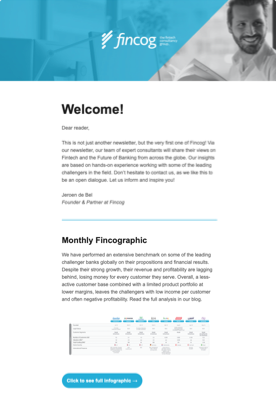
There has been a large amount of neo banks launched in the South American market in recent years. There are currently over 30 neo banks in the region, with new initiatives continuing to enter the market.
Brazil is the clear hotspot for fintech initiatives in the region. Amongst others, the country is home to the success case of Nubank, counting over 25 million customers across the continent with a USD 10 billion valuation, growing strongly on the back of a modern credit card proposition.
Inspired by this success, a number of new players have also launched in the Brazilian market, typically focusing on niche propositions such as a banking services exclusive for women (Elas Bank), LGBT clients (Pride Bank) or gig workers (Zippi).
This increased fintech competition has generated a response by the large incumbents. Some, such as Bradesco, have also launched their own digital-only propositions (Next), and others are following suit, either through new digital ventures or by undergoing a full digital transformation themselves.
Other than Brazil, Argentina is another country in the region that deserves special mention, being home to successful initiatives such as Ualá, Reba and Brubank. Other markets are still pre-mature, but the pace is also picking up there. There is increasing activity in Peru, Colombia and Chile, by neo bank initiatives B89, Ligo, Nequi and Mach amongst others.
Despite the already considerable number of players, we still see South America as a pre-mature market, with a clear opportunity to service the un(der)banked population. The region still contains lots of untapped potential stemming from a large and young population, with low access to financial services but high smartphone penetration.
Given the falling costs to set up a bank (e.g., by using digital platforms or white labeling) and new regulatory regimes adopted by local authorities, we expect to see more players launching in the region in 2021.


